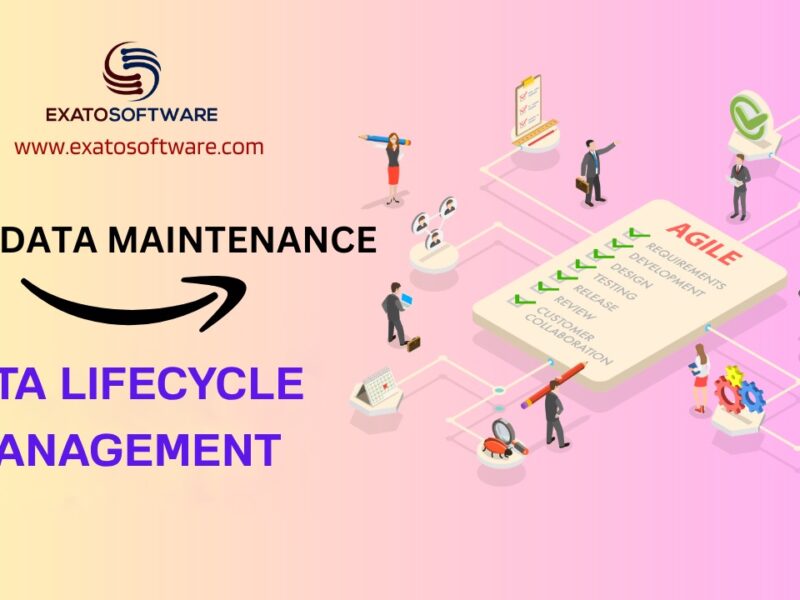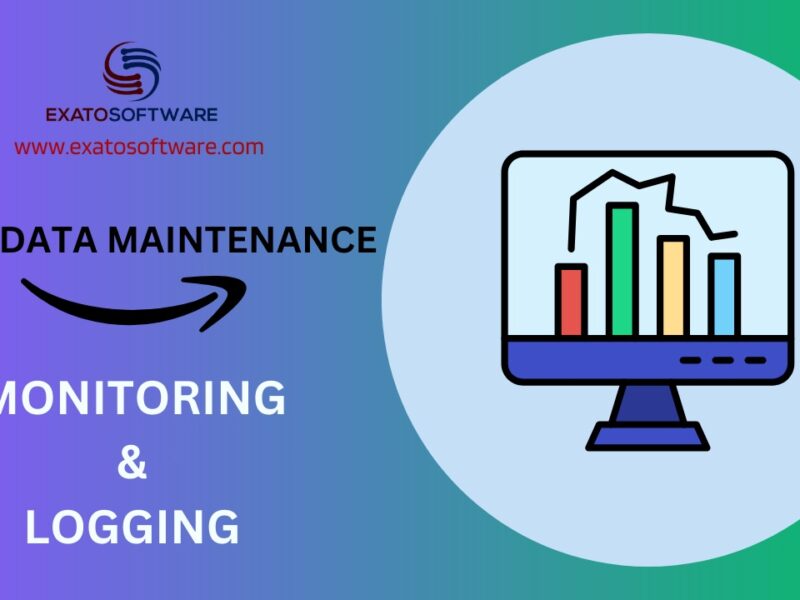Multiple AWS services can be coordinated into serverless workflows using AWS Step Functions, a serverless orchestration service. It can be a useful tool in a variety of situations where you need to schedule, manage, and automate the execution of several AWS resources. Here are some scenarios where using AWS Step Functions might be a good idea:
Workflow Orchestration
By defining a series of steps, each step can represent an AWS service or a piece of custom code, allowing for the creation of complex workflows. When you have a multi-step process that uses several AWS services, such as Lambda functions, SQS queues, SNS notifications, or other AWS resources, this is especially helpful.
Serverless Microservices
When creating a microservices architecture, Step Functions can be used to coordinate how each microservice responds to events. This makes sure that microservices are called correctly and gracefully handle errors.
Data Processing Pipelines
Pipelines for data processing can be made using functions. You could plan the extraction, transformation, and loading (ETL) of data from different sources into a data lake or warehouse, for instance.
Automate workflows
You can use Step Functions to automate workflows that include human tasks. For instance, you can design approval procedures where certain actions demand human judgment and decision-making.
Decider Logic
You can use Step Functions as a more up-to-date substitute for decider logic when developing applications with AWS SWF (Simple Workflow Service). Decider logic controls how the tasks in your workflow are coordinated.
Error Handling and Retry Logic
Step Functions come with built-in mechanisms for handling errors and retrying, which can help make your workflows more resilient and robust.
Time-Based Scheduling
Step Functions can be used to schedule AWS services to run at predetermined intervals of time. For instance, you could schedule the creation of reports, data synchronization, and routine backups.
Fan-Out/Fan-In Patterns
Step Functions can make fan-out/fan-in patterns easier to implement when you need to distribute work to several parallel processing steps and then aggregate the results.
Conditional Logic
You can add conditional logic, where the outcome of a previous step determines the next step, to your workflows by using Step Functions.
Monitoring and Logging
Step Functions come with integrated logging and monitoring features that make it simpler to keep tabs on the development and status of your workflows.
Cost Control
By using Step Functions, you can control the execution of AWS resources only when necessary and prevent idle resources. This helps you minimize costs.
The orchestration and automation of AWS services and resources can be made simpler with the help of AWS Step Functions, which is a flexible service that can be used in a variety of scenarios. It’s especially helpful when you need to coordinate the efficient and scalable execution of several AWS services or when you have intricate, multi-step workflows.
What you should be wary of while using AWS Step functions
It’s crucial to adhere to best practices and take safety precautions when using AWS Step Functions to guarantee the dependability, security, and affordability of your workflow orchestration. Here are some safety measures and suggestions for doing things right:
1. IAM Permissions: Only give each state machine and the resources it is connected to the permissions that are absolutely necessary. Observe the least privilege principle.
– IAM permissions should be periodically reviewed and audited to make sure they continue to meet your workflow requirements.
2. Implement proper error handling within the definition of your state machine. To handle failures gracefully and prevent pointless retries, use the “Catch” and “Retry” clauses.
3. Resource Cleanup: Ensure that resources created by your state machines are deleted when they are no longer required, such as Lambda functions and EC2 instances. To manage resources efficiently, use AWS services like AWS Lambda’s concurrency controls.
4. Monitoring and Logging: To capture thorough execution logs, enable CloudWatch Logs for your state machines. Create CloudWatch Alarms to track important metrics and get alerts for any problems.
5. Execution Limits: Recognize the execution restrictions for AWS Step Functions, including the maximum execution time, the maximum size for state machine input, and the maximum number of states per state machine. Therefore, plan your workflows.
6. Cost Management: Review your state machine executions frequently to keep an eye on costs. AWS Cost Explorer can be used to examine costs associated with Step Functions.
7. Throttling: When using AWS services within your state machine, be aware of service-specific rate limits. To handle throttling scenarios, implement error handling and retries.
8. Versioning: To manage updates and changes to your workflows without affecting current executions, think about using state machine versioning.
9. Data Encryption: Ensure that sensitive data sent to state machines as inputs or outputs is encrypted. Both at-rest and in-transit encryption are supported by the AWS Key Management Service (KMS).
10. Test and Staging Environments: To prevent unanticipated problems, separate test and staging environments should be created and used to thoroughly test state machines before deploying them to production.
11. Utilizing Built-In States: Use pre-built AWS Step Functions states (like AWS Lambda or AWS Batch) whenever possible to streamline workflow execution and cut down on custom coding.
12. Distributed tracing: Use AWS X-Ray or other monitoring tools to implement distributed tracing to gain visibility into the execution flow and locate performance bottlenecks.
13. Maintain thorough and current documentation for your state machines, including information on their function, inputs, outputs, and any dependencies.
14. Compliance: Ensure that your state machines and workflows comply with these regulations if your organization is subject to specific compliance requirements (such as HIPAA, GDPR).
15. Regular Review: Make sure your state machine definitions and configurations are up to date with changing business requirements and performance demands by periodically reviewing and optimizing them.
You can use AWS Step Functions efficiently and safely to automate your workflow orchestration while reducing potential risks and issues by adhering to these safety measures and best practices.



